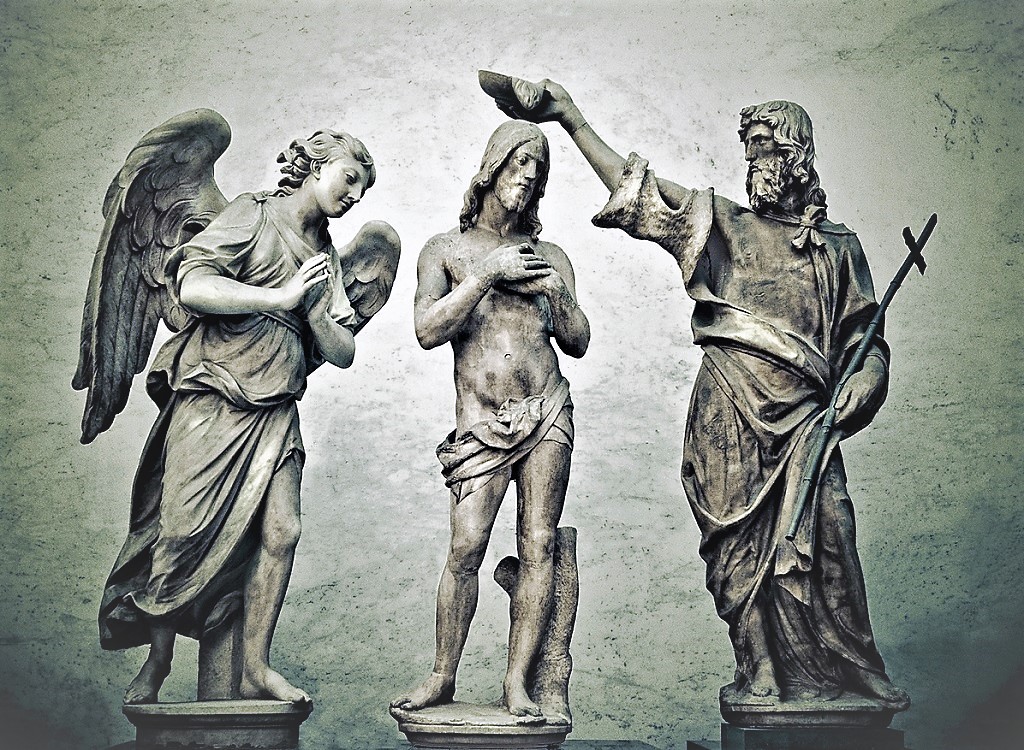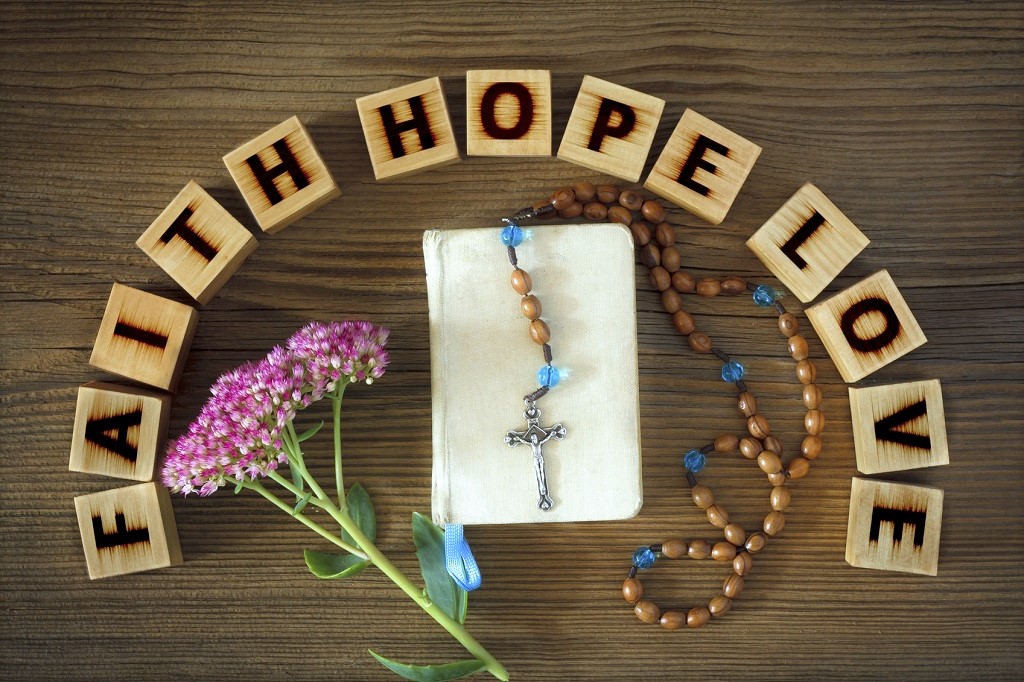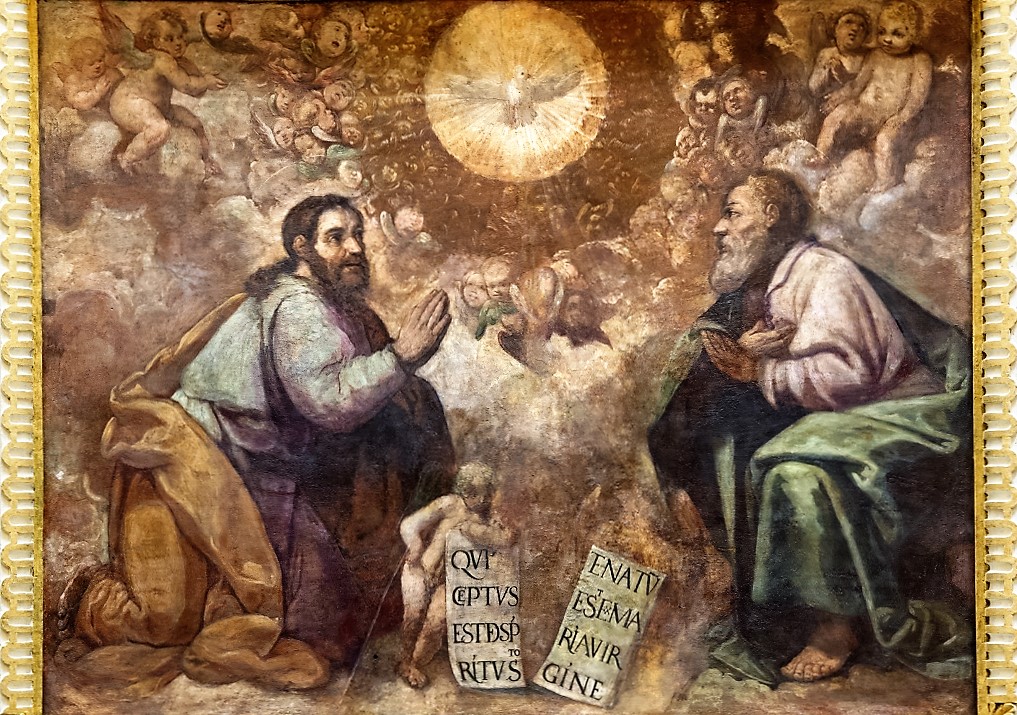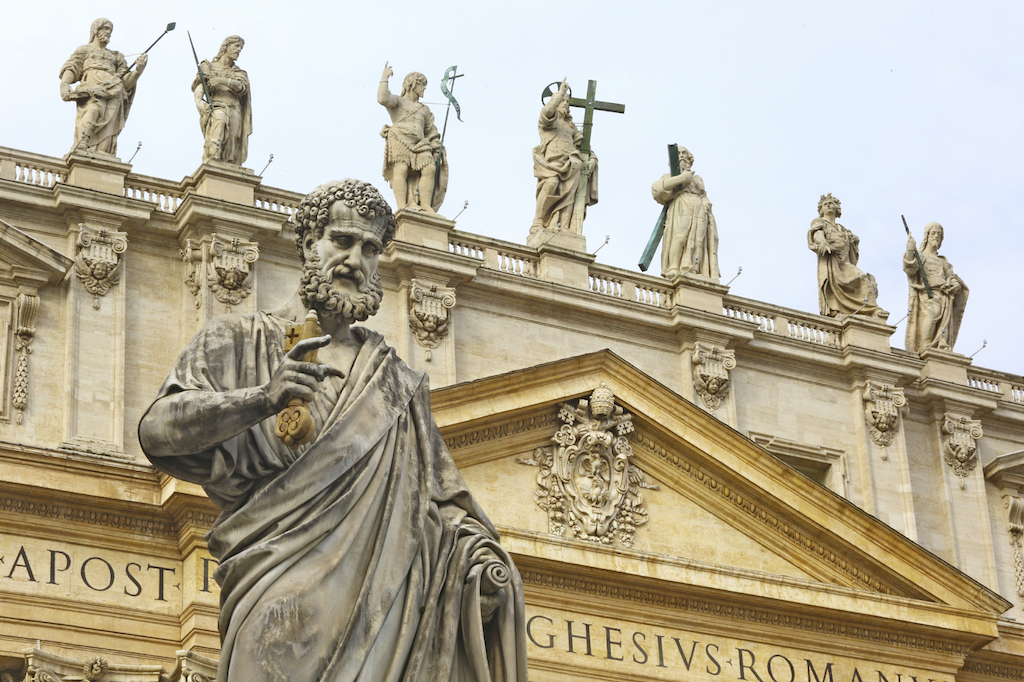When we hear the words, “Go and make disciples,” it’s easy to think that Jesus is talking to someone else. After all, isn’t this what He told his Apostles? He wasn’t really talking to me, was He?
It’s easy to think that. But it’s wrong. Each of us, baptized in the name of the Father, the Son and the Holy Spirit, is called to “go and make disciples.” This theme was chosen by the USCCB (United States’ Conference of Catholic Bishops) for the evangelization plan for the United States.
The church, the people of God, has always been called to be an evangelizing church sent by Jesus as he returned to the Father to: “Go and make disciples of all nations…” There have been successes and failures in fulfilling this commission of Jesus. The Second Vatican Council in our time gave a significant thrust to this essential mission of the church.
What does it mean to evangelize? Are we meant to stand on a soapbox and preach? Should we sit our neighbors down and outline the Gospel for them? The US Bishops say,
Evangelization, then, has both an inward and an outward direction. Inwardly it calls for our continued receiving of the Gospel of Jesus Christ, our ongoing conversion both individually and as Church. It nurtures us, makes us grow, and renews us in holiness as God’s people. Outwardly evangelization addresses those who have not heard the Gospel or who, having heard it, have stopped practicing their faith, and those who seek the fullness of faith. It calls us to work for full communion among all who confess Jesus but do not yet realize the unity for which Christ prayed. Pope John Paul Il, in his encyclical on missionary activity, summed up the three objectives of mission: to proclaim the Gospel to all people; to help bring about the reconversion of those who have received the Gospel but live it only nominally; and to deepen the Gospel in the lives of believers.
The first step, then, in evangelization is to make sure our own house (so to speak) is in order. We must seek holiness for ourselves, as we cannot give what we do not have. Then, we can reach out to others in faith. There are those who say, “Your life may be the only ‘Bible’ someone ever reads.” This means our actions, words and our contact with others should always be a demonstration of our life for Christ and for others. However, we cannot leave it simply at that. We are meant to proclaim Christ and Him crucified. We are meant to share the Good News: that Christ has lived, died and been risen for our sins, and that death no longer has a hold on us. The freedom of Christ is meant for all, not a chosen few.
As we continue to prepare for the Lenten season, let us be aware of the fact that Christ has called us to go and make disciples. He desires that all people know Him and the freedom from sin He offers. If we truly believe in this Good News, we cannot keep it to ourselves. With the US Bishops that,
We pray that our Catholic people will be set ablaze with a desire to live their faith fully and share it freely with others. May their eagerness to share the faith bring a transformation to our nation and, with missionary dedication, even to the whole world. We ask God to open the heart of every Catholic, to see the need for the Gospel in each life, in our nation and on our planet.
Together, let us go and make disciples, with joy!






